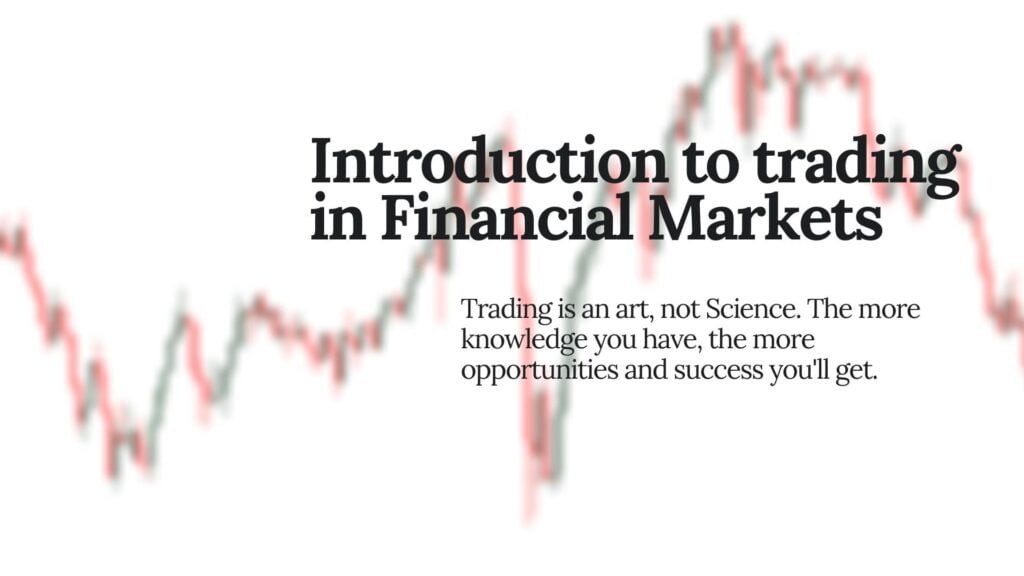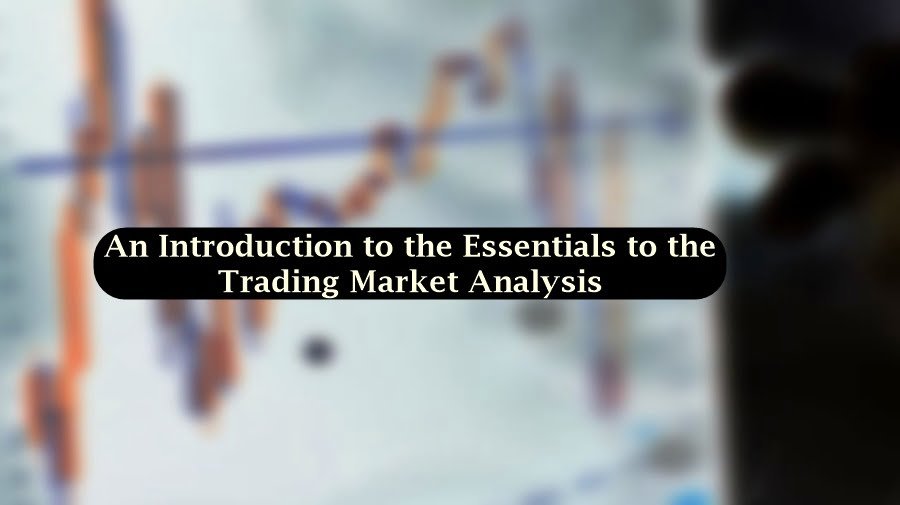
Table of Contents
Successful trading requires best decision-making skills. It is one among many other factors that can influence success ratio of our trading. In order to be consistent in trading, one has to master technical analysis. Objectivity in technical analysis encourages a patience and emotionlessness in trading. Emotional trading often results in weak decision-making. There are techniques, suggestions and strategies recommended by professionals which can encourage.
Option trading is a powerful tool in the financial markets, offering traders the flexibility to hedge against risk or speculate on future price movements with limited capital. However, it can also be emotionally draining due to the market’s volatility. Successful option traders develop a disciplined approach to stay emotionless and rational throughout the trading process. This article explores strategies and techniques for emotionless option trading.
Why emotionless trading is important for success?
Understanding emotionless trading is crucial concept often neglected by beginners. They rely heavily on strategies and concept. The negligence of emotionlessness in trading can lead to severe losses. Trader must control his/her emotions. Emotions such as fear, regret, greed, and hope cause traders to abandon their strategies prematurely.
With the help of emotionless trading, a trader can stick to their trading plan. In simple words, traders can implement the acquired knowledge of trading concepts and trading strategies. Fear and regret sometime lead to overtrading. When the situation arises in the market, trader trade without plan. That is the reason emotionlessness is crucial in trading.
As it is stated above that it can lead trader to overtrading. Emotionless traders wait for the opportunity. When they find opportunity, they act accordingly. It allows traders to choose quality trades. Quality trades are few in numbers but proper strategy and risk management is used in trading decision.
As the trades are few in numbers, so, if market moves against them, they know what to do next. They have their trading plan. They know how to and when to act in the market. Sometime market fluctuates in a way and causes high volatility in the market. This results in stoploss hunting. In that situation, they prepare themselves to enter again in the market.
An emotionless trader counts everything before trading. Such traders capitalize on opportunities with a calm and educated mindset.
Techniques and Strategies of Emotionless Trading
Emotions drive human being, but humans have ability to control their emotions. In trading and investing, emotional person cannot survive for long time. The Following are the techniques and strategies that can encourage emotionless trading.
Having a Clear Trading Plan.
There is a famous rule in trading: plan your trade and then trade your plan. Planning is crucial in trading. Without having a clear plan, traders likely to react emotionally to market fluctuations. Trading plan helps individual trader to stay on track if market moves in opposite direction.
In trading plan, they know when to enter and exit trades based on technical analysis. They know the overall structure of the market. They have the understanding of key reversal points. Emotionless trading allows them to look for trades even if market moves against them.
Clear trading plan allow traders to limit their risk. Having proper risk management in trading plan prevents from emotional decision-making. By sticking to the plan, you can trade systematically.
Using automated trading tools
Also considered as the best techniques by professional traders. Professional trader often employs automated trading tools like trading algorithms in their trading. Trading algorithms completely remove emotions from the trading process.
Trailing stoploss is another weapon in trading arsenal. A trailing stop order adjusts as the market moves in traders’ favor, locking in profits while limiting potential losses. This tool reduces the temptation to exit trades prematurely due to fear or greed.
Focusing on technical analysis
It would not be incorrect to say that it is cornerstone of emotionless trading. In trading, we need objective data to trade along with trend. For this purpose, there multiple strategies and indicators are used in option trading.
There are two types of indicators: Lagging and leading indicators. Moving averages are used to identify the trend of the market. Moving averages overcome the noise of short-term volatility.
Momentum indicators, especially RSI, indicate the health of an uptrend move or downtrend. RSI measure overbought and oversold conditions in the market.
In options trading, implied volatility plays a significant role. Traders should regularly check implied volatility to gauge market expectations for future movements, using it as a guide for their option strategies rather than trading emotionally in response to market swings.
Risk Management Considerations
It is considered as one of the most important parts of emotionless trading. Emotional traders do not even consider risk management as part of their trading plan. They tend to panic when positions move against them. It leads to emotional decision.
One of the focuses of risk management surrounds around position sizing. Emotionless traders avoid putting too much capital in a single trade. Position sizing minimizes the risk of a trader and reduce emotional impact of individual losses.
Trader often chose various financial assets instead of choosing the only one in their trading. This is known as diversification. It reduces emotional pressure if price prediction of an asset goes wrong.
Third and last one is risk/reward ratios. It ensures that anticipated reward is greater than expected loss.
Avoiding Overtrading
A common mistake by beginner traders. It happens with them because after facing loss they try to chase price. They trade again and again and try to capitalize on every market movement. In emotionless trading, traders normally wait for the appearance of right opportunity.
One of the best ways to avoid over-trading is that limit your trade numbers. Set a target of minimum trade to be taken in a weak. They take trades only when market moves according to their plan.
When traders feel emotional after a losing trade, they take a break. Emotionless trader step away from the screen, clear their mind, and return with a rational mindset. This prevents revenge trading and other emotional reactions.
Keeping a trading record
It is a practice of keeping the track record of trading decision. By documenting each trade’s rationale, outcome, and any emotional reactions, traders can identify patterns in their behavior. In keeping a journal, we answer the following questions:
- What was the market doing at the time of your trade?
- Why did you enter?
- Did it meet your technical and fundamental criteria?
- Were you calm, nervous, or excited when you enter and exit the trade?
- What was the result of the trade?
Reviewing the journal helps traders avoid the repetition of the mistakes in trading.
Psychological preparations
Emotional control doesn’t only come from a sound trading plan; it also involves mental preparation. Practicing mindfulness can help traders remain calm and composed in high-stress situations
Avoid emotional triggers
Fundamentals can sometime triggers traders to trade in the direction but the large price swings is nothing but market movement.
Emotional control doesn’t only come from a sound trading plan; it also involves mental preparation. Practicing mindfulness can help traders remain calm and composed in high-stress situations.
Final Note
Emotionless option trading does not remove emotions completely from the market. It rather controls them to make rational decisions. Having a clear trading plan, utilizing automated tools, practicing mindfulness, and focusing on long-term performance, traders can significantly reduce the influence of emotions on their trades. These techniques will not only improve consistency but also lead to greater success in the highly volatile world of option trading.
Frequently Asked Question (FAQs)
What is Emotionless Trading?
Emotionless trading is a disciplined trading approach where traders make decisions based solely on analysis, strategy, and logic, without allowing emotions like fear, greed, or excitement to influence their actions. The goal is to stick to a trading plan and execute trades objectively, regardless of short-term market fluctuations.
How to Trade Without Emotions?
Emotionless trading requires discipline and practice. Here are a few ways to learn and improve:
Develop a solid trading plan with clear entry, exit, and risk management rules.
Stick to your plan, even when the market is volatile.
Backtest strategies to gain confidence in your approach.
Practice mindfulness or meditation to manage stress and maintain focus.
Use a demo account to practice trading without financial risk.
What are Some Common Emotional Traps in Trading?
Some common emotional traps that traders often face include:
Fear of missing out (FOMO): Entering trades late due to fear of missing opportunities.
Averaging down in a losing trade: Adding to losing positions in the hope of a reversal.
Overtrading: Taking too many trades due to excitement or the need to recover losses.
Emotional attachment to a trade: Holding on to a position due to personal attachment or stubbornness, even when it’s against your strategy.
How to Avoid Revenge Trading After a Loss?
To avoid revenge trading:
Accept losses as part of the process: Every trader experiences losses, and accepting them calmly is key to maintaining discipline.
Take a break after a loss: Stepping away from the screen after a losing trade can help you clear your mind and avoid impulsive decisions.
Review your trading plan: Make sure you’re following your strategy and not reacting emotionally.
Set daily limits: Define a maximum loss limit for the day, and if reached, stop trading until the next session.

I’m Aatiq Shah, a dedicated forex and crypto market practitioner with three years of hands-on experience. Currently, I’m working as a Financial Manager. My journey in the world of finance has equipped me with the skills and knowledge needed to navigate the complexities of the forex and crypto markets.





